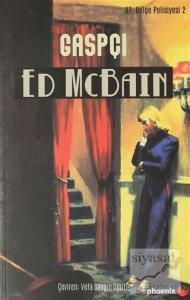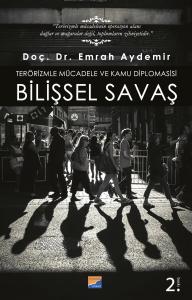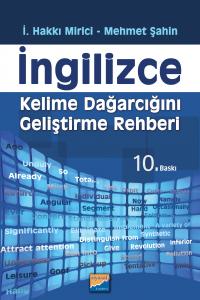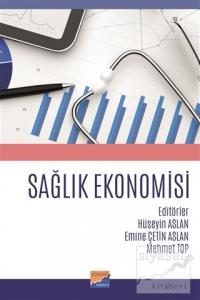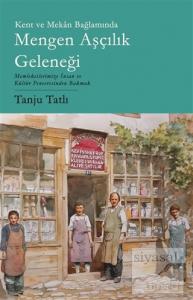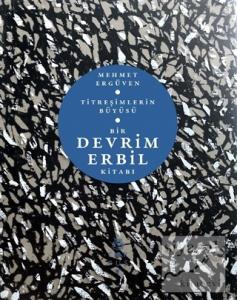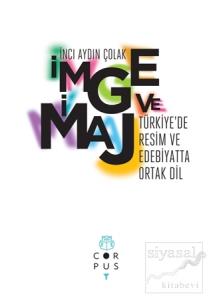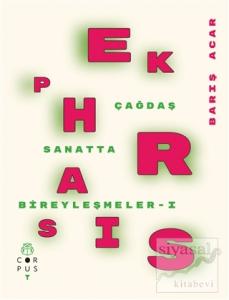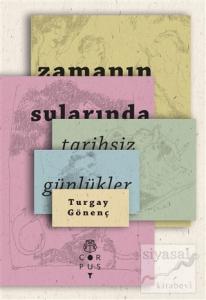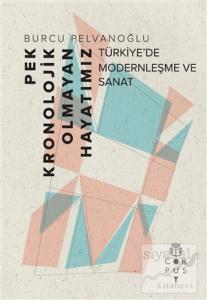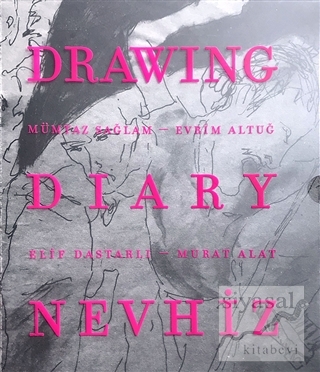
Throughout her life, Nevhiz has worked on many different surfaces.
At times, it was canvas or a simple sketchpad. At others, it was tracing paper, packaging paper, cardboard or a napkin.
Her materials are, depending on her economic conditions or to the circumstances of her surroundings at the given
time: pencil, pen, ink, felt-tipped pen, ecoline, coffee, tea, olive oil, pickled beets, eyeliner, lipstick, cigarette ashes...
Drawing is Nevhiz's diary. She conveys her experience with the world; the paradox of life; and the joy and sorrow ofconfrontation. It's a record of memory of the artist's witnesshood into her own time, consisting of faces, people,gestures, voices and words surrounding her.
“Drawing-Diary” is solely reserved for her drawings. It aims to examine her art under the light of her practice ofdrawing.
Her drawings are not only Nevhiz's diary, but are also the spaces she's opened or left for us to seek her.
Throughout her life, Nevhiz has worked on many different surfaces.
At times, it was canvas or a simple sketchpad. At others, it was tracing paper, packaging paper, cardboard or a napkin.
Her materials are, depending on her economic conditions or to the circumstances of her surroundings at the given
time: pencil, pen, ink, felt-tipped pen, ecoline, coffee, tea, olive oil, pickled beets, eyeliner, lipstick, cigarette ashes...
Drawing is Nevhiz's diary. She conveys her experience with the world; the paradox of life; and the joy and sorrow ofconfrontation. It's a record of memory of the artist's witnesshood into her own time, consisting of faces, people,gestures, voices and words surrounding her.
“Drawing-Diary” is solely reserved for her drawings. It aims to examine her art under the light of her practice ofdrawing.
Her drawings are not only Nevhiz's diary, but are also the spaces she's opened or left for us to seek her.


